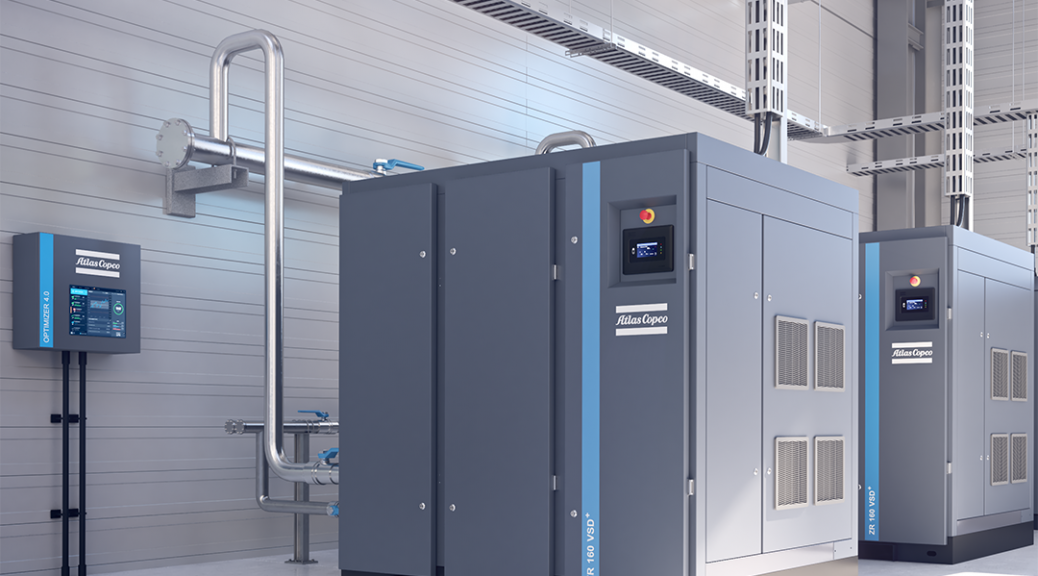Why should I buy a rotary screw compressor?
Features
Unlike piston compressors, in screw compressors, there are no valves or other mechanical forces that can cause unbalance. This allows a screw compressor to operate at high speeds while combining a large flow rate with small exterior dimensions. The ideal applications of rotary air compressors are continuous, workplace and industrial applications. There are two primary versions, oil-free and oil-injected, with options of fixed speed or variable speed drive operation.
The main benefit of rotary screw compressors is their energy efficiency. But this type of compressor has many other benefits. These include:
- low noise output
- small footprint for point-of-use installations
- no duty cycle
- continuous operation at temperatures of up to 46 degrees C
- low oil-carryover (as little as 3 ppm) in oil-lubricated machines
- zero loss of capacity over time
The installation footprint can be further reduced with “full-feature” variants. Such machines have an integrated refrigerant dryer (dewpoint at compressor output of +4°C).
There are a wide variety of options available in the 2.2-500 kW range of workplace and industrial rotary screw compressors. Recent introductions offer advanced designs such as a vertical, close-coupled configuration. Another distinguishing feature is interior permanent magnet motor drive and inverter systems. Such systems are capable of achieving energy savings of up to 50 percent over conventional fixed speed designs.

